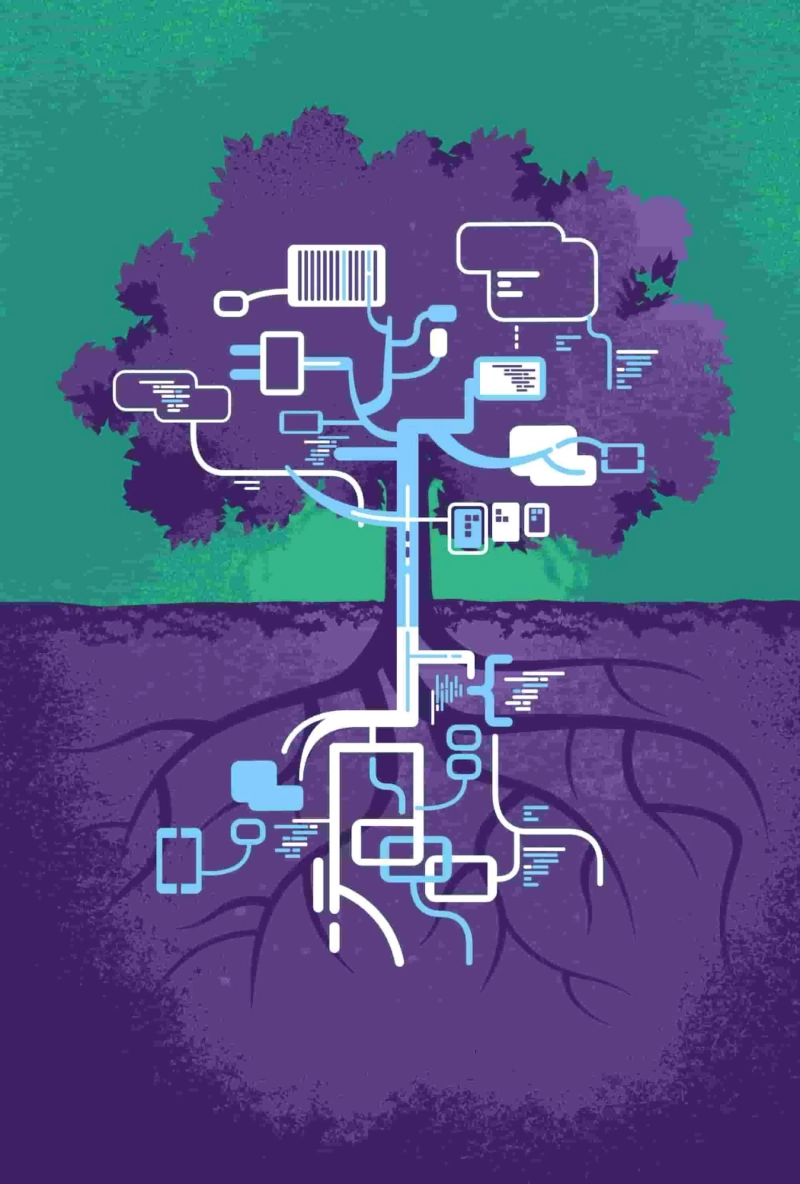Data analysis has become an essential aspect of business decision-making. It enables organizations to gather valuable insights and make informed decisions. One of the most effective ways of analyzing data is by using decision trees. Decision trees are a powerful data analysis tool that can transform the way you approach data analysis. In this article, we will explore how decision trees work, their benefits, and how they can be used to transform your data analysis.
What are Decision Trees?
A decision tree is a graphical representation of a decision-making model that uses a tree-like structure. It starts with a single node, which represents the starting point of the decision-making process. Each subsequent node represents a decision point in the process. The branches represent the possible outcomes or decisions that can be made at each point.
How do Decision Trees Work?
Decision trees work by dividing a dataset into smaller, more manageable subsets based on a set of decision criteria. The criteria are selected based on their ability to provide the most information gain or the most significant reduction in entropy. The goal is to create a model that can accurately predict outcomes based on the data provided.
Benefits of Using Decision Trees in Data Analysis
There are many benefits to using decision trees in data analysis. One of the most significant benefits is their ability to provide a clear and concise visualization of the decision-making process. This makes it easy for decision-makers to understand the logic behind each decision.
Another benefit of using decision trees is their ability to handle both categorical and numerical data. This makes them versatile and useful in a wide range of applications. They are also relatively easy to understand and can be explained to non-technical stakeholders, making them a useful tool for communicating complex ideas.
How Can Decision Trees Transform Your Data Analysis?
Decision trees can transform your data analysis by providing a more accurate and efficient way of analyzing data. They can help you identify patterns and trends that may not be immediately apparent when analyzing data manually. They can also help you make more informed decisions by providing a clear and concise visualization of the decision-making process.
One way that decision trees can transform your data analysis is by improving the accuracy of your predictions. By using decision trees to analyze your data, you can identify the most significant predictors of outcomes, which can help you make more accurate predictions. This can be especially useful in areas like marketing, where predicting customer behavior is essential.
Decision trees can also help you identify outliers and anomalies in your data. By identifying these outliers, you can gain valuable insights into your data that may have been missed otherwise. This can be useful in areas like fraud detection, where identifying unusual activity is critical.
Conclusion
Decision trees are a powerful tool for data analysis that can transform the way you approach decision-making. They provide a clear and concise visualization of the decision-making process, which can help you make more informed decisions. By using decision trees, you can improve the accuracy of your predictions, identify outliers and anomalies, and gain valuable insights into your data.
FREQUENTLY ASKED QUESTION (FAQs)
Q: What is the difference between decision trees and regression analysis?
A: Decision trees are a graphical representation of a decision-making model that uses a tree-like structure. Regression analysis is a statistical technique used to determine the relationship between variables. While both techniques are used in data analysis, decision trees are better suited for identifying patterns and making predictions.
Q: Can decision trees be used in predictive modeling?
A: Yes, decision trees can be used in predictive modeling. They are particularly useful in situations where there are multiple variables to consider.
Q: What are some common applications of decision trees?
A: Decision trees are commonly used in areas like marketing, fraud detection, and risk analysis. They can be used to make predictions and identify patterns and outliers in data.
Q: Are decision trees easy to explain to non-technical stakeholders
A: Yes, decision trees are relatively easy to explain to non-technical stakeholders. Because decision trees provide a clear and concise visualization of the decision-making process, it is easier to explain how the model arrived at a particular decision.



